‘To Let’, I sincerely believe, is a textbook in cinematic realism. Every student of cinema should watch it carefully, again and again, to find those various ‘moments’ and study their ‘making’ that makes this film memorable.
A film like this can’t be possible without a like-minded team coming together and working in unison – to attempt something that remains somewhat unthinkable in Indian cinema – a film without a definitive background music score.
Our entire cinematic ethos, which has derived from our long standing traditions of folk-theatre – depends hugely on music to guide the emotions of its audiences. To make a film that walks against this convention is more like attempting to kick-start a new school of ‘realism’ – that’s closer to Italian neo-realism or Iranian cinema of recent times.
That’s a gutsy step forward.
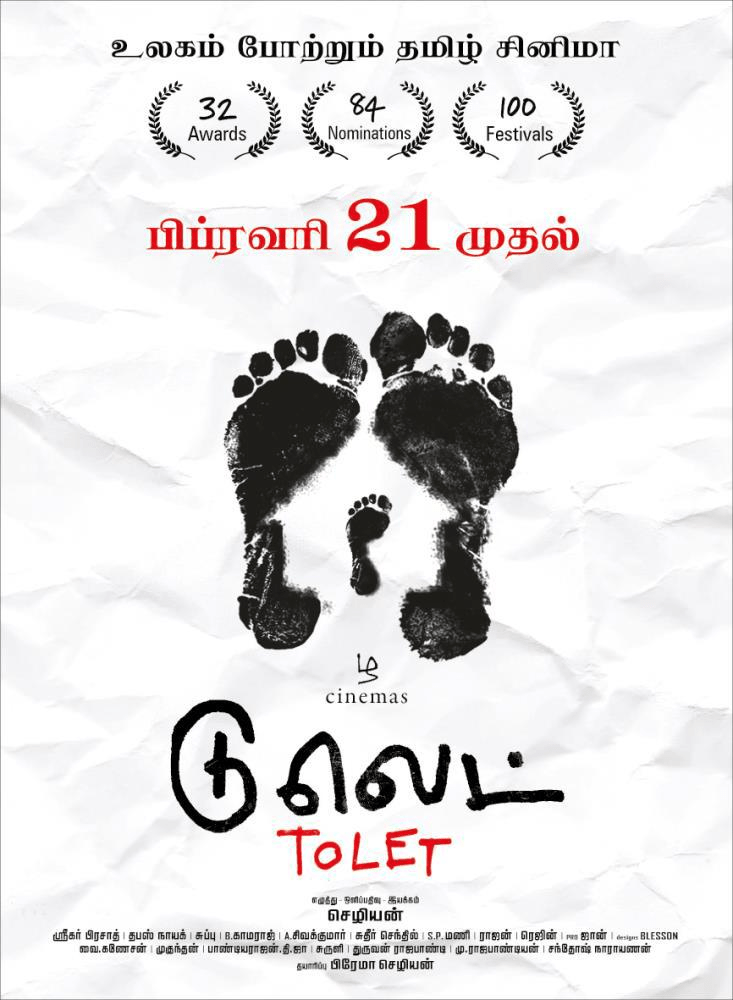
In many interviews, Chezhiyan has underlined his penchant for ‘realism’ in cinema. I am not going to talk about it here. My focus, rather, is on how this ‘realism’ was put into place by the creative team of ‘To Let’.
More importantly, how did they do it without weaning off the audience?
Chezhiyan has already told us, in the part one of this post, how he meticulously planned his camera movements (and the lack of it) during the shooting stage of the film; he has also shared why; since he wanted to make the viewers ‘tenants’ of the ‘TO LET’ household, to make them feel every surge of emotion without making it melodramatic.
I quote Chezhiyan again, “Minimizing the movements of the camera makes the watching experience into a reading experience. The slow pace and rhythm will do the rest. I think it is one of the technical ways to be emphatic.”
In this post we focus on that pace and rhythm, and focus on the lack of musical background score in the film – which seemed to be a ‘big’ shift away from convention.
Now what could be the reason for that?
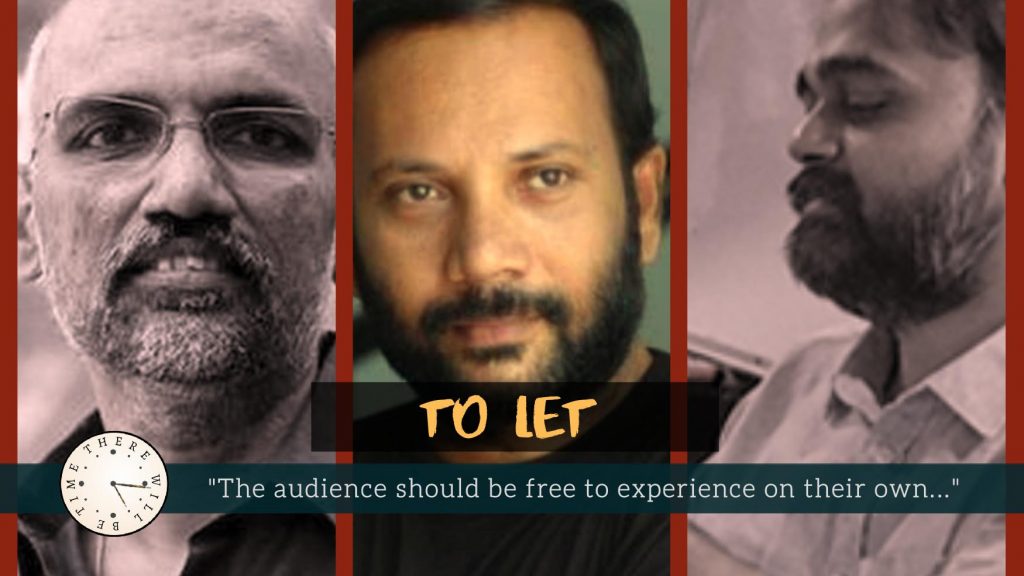
A Sreekar Prasad, the ace-editor, has been associated with the film since its conception stage. A much respected professional, his advice (and immaculate sense of pace and rhythm) has been much like a guiding spirit of the film, across its journey.
I asked him about his editing principles for the film – starting with the question that what attracted him towards the script in the first place.
But is it a real value addition – you tell me?
Let me share a secret with you here.
Despite its amazingly realistic soundscape, TO LET was not sync-sound.
Chezhiyan’s independent low-budget film didn’t have the means to record all elements of sound on-location. This means that soundscape (which virtually replaces the conventional music-track) was all painstakingly constructed from bits and pieces recorded separately, and mixed in a studio.
Tapas Nayak, the sound-designer of ‘TO LET’ told me that some ambience was definitely collected from the location – like the sound of the rickety fan, doors and few of the vendors from the streets. He also told me that the dialogue was processed to sound more like sync-sound capture.
But, of all that we talked about the film, what I loved most are his personal associations with the film!!
So how did he feel when he got to know that Chezhiyan is planning the film without a music track?
That’s quite a challenge, isn’t it?
For a seasoned sound-professional like Tapas, who has worked profusely in films that precariously depends on music to hammer in its sentiments to the audience – this definitely was an unusual request.
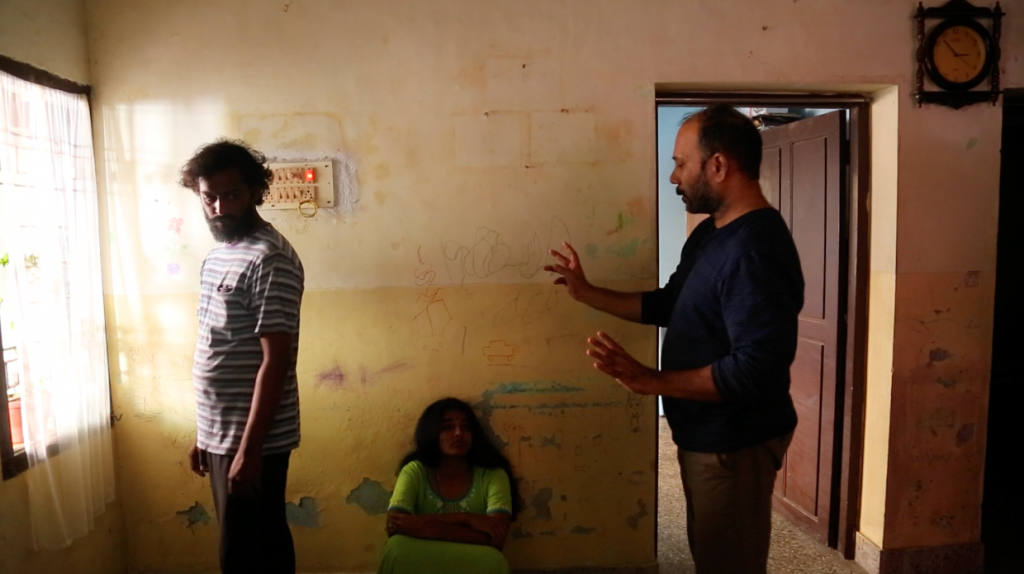
Tapas Nayak is one of the most coveted Sound Engineers from the south of India. He has worked with quite a few big-banner high-budget films, and with a wide variety of film-makers. He is not shy of challenges, when it comes to creating a soundscape which fits with the requirement of a film, be it sound-heavy films like Balki’s ‘Pa’ or Mani Ratnam’s ‘Ravanan’, or a subtle, artistic film like Prasanna Vithanange’s ‘With You Without You.’
What I liked about Tapas is – he comes across as a thinking person. He doesn’t do sound just for the sake of making a living, but genuinely believes that missing out on the ‘sound’ is missing half the fun of a movie.
That passion, for all aspects of cinema, shows when he speaks about ‘TO LET’
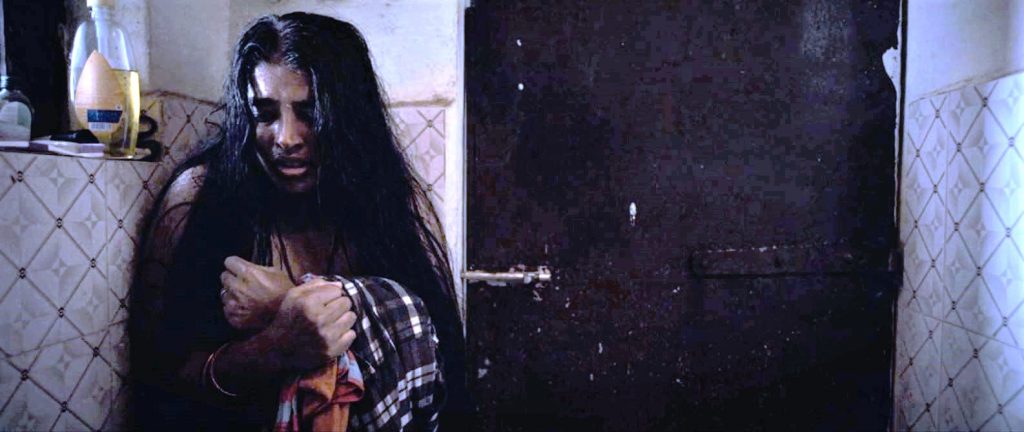
Just one more thing.
I loved the way certain common everyday sound-clusters were used as points of transition in the film. Say for instance, just after the boy asks his father, in total darkness of the night – if the bike is ours, why isn’t the house ours too; there’s a brief bout of silence after that where the wife and the child is asleep, and Illango is standing in front of the window against a moving headlight creating patterns on the wall.
Immediately afterwards we see, in bright daylight, behind the worn-out moped in the foreground, what seems like a jubilant funeral procession, with drums and all!!!
The stark contrast tells you, through the sound of the procession, that another day has gone by.
Once again, when the moped conks-off, and frustrated Illango is sitting by the streets, a procession of blind beggars pass by, singing a song about living for hundred years. The boy, immediately afterwards, asks his father to start the bike, all within the single shot. Somewhere, you know, the moped will start this time.
Like I told you, you can’t do these things without a defined ‘plan’ – and without a great team to follow up on that plan.
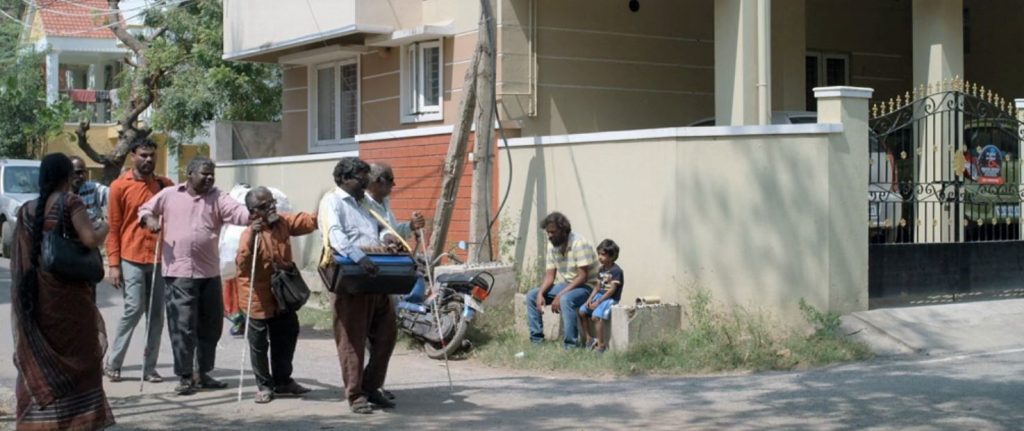
That’s a job usually assigned to background scores
That’s all for today.
Let me take the opportunity to tell you here that I intend to speak extensively with Tapas Nayak about the role of sound in cinema soon. He has promised to talk about some irregular films where he worked, like Kumararaja’s ‘Super Deluxe’ and Madhu Narayanan’s ‘Kumbalangi Nights’. That’s coming soon.
And thank you Sreekar sir.
It’s surprising how you find time to edit films like ‘To Let’ in the midst of your Chiranjeevi, Rajinikanth and Kamal Haasan kind of mega-commitments. It’s even more astounding how you manage to respond to even good-for-nothing bloggers like me.
All I can say – stay as you are. We too need you.
I believe this will remain relevant for a long time to come.


Captivating… And somewhere their thought-line transcends cinema ; applicable to all forms of expression
So true.